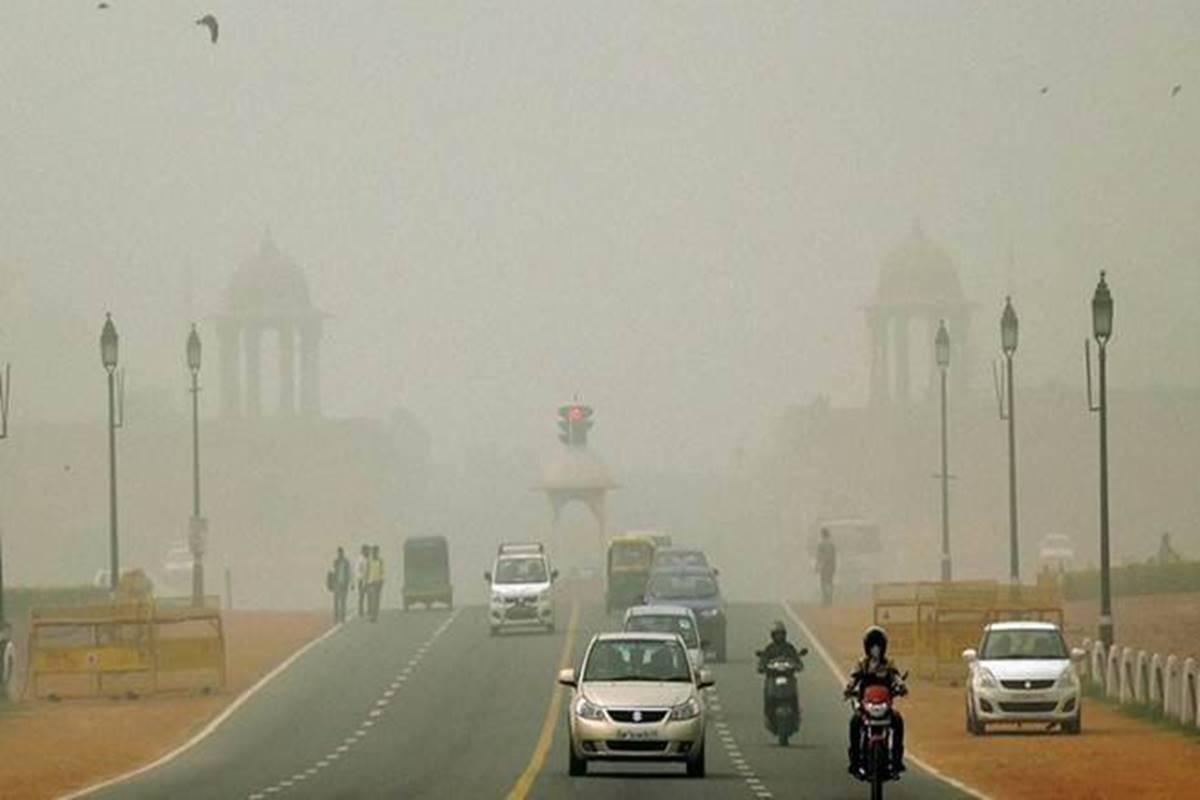By Dr. Gyan Pathak
National Capital Territory region is heading for a severe pollution in the coming months, despite the assurances given by the state governments and the Centre, and their claims of doing everything possible to protect people. Stubble burning, which used to be the chief cause of pollution in the winter, has just increased this year during September 15 – October 2, to a level higher than the two years – 2021 and 2022 – combined.
The Consortium for Research on Agroecosystem Monitoring and Modeling from Space (Creams) data managed by the Indian Agricultural Research Institute (IARI) revealed the stubble burning incidents recorded during this period was 682 while there were only 633 incidents recorded in corresponding period of 2021 and 2022 combined in six states – Punjab, Haryana, Uttar Pradesh, Delhi, Rajasthan, and Madhya Pradesh.
Delhi, the national capital, is the worst affected state, and both the Centre led by the BJP and the state led by AAP has been in the habit of expressing their commitment for curbing pollution, but have never been acting enough to actually curb it. Both have been in power for close to a decade.
Delhi government led by AAP has also a winter action plan to curb dangerous level of pollution in the national capital, and is now also ruling Punjab, a state that it had been alleging of not stopping stubble burning when it was ruled by the Congress. Punjab government led by AAP has also expressed commitment to stop stubble burning, but it seems to be not able to control it, as the latest data reveals a staggering 65 per cent increase in the incidents of stubble burning this year. The number of burning cases this year was 456, with Amritsar district reporting a majority of 333 incidents.
However, the BJP ruled Haryana has recorded very high surge in stubble burning of over 1000 per cent. In 2022, the stated had reported only 9 cases during the period under consideration, however, it has recorded 120 incidents of stubble burning this year. The state government has issued several directives to control the stubble burning, but has not been able to do it so far. Chief Secretary of the state Sanjeev Kaushal has warned of punishment and fine to offenders and publication of their name in newspapers, but nothing seems to be working.
Uttar Pradesh has reported 57 incidents of stubble burning, while Madhya Pradesh has reported 30. Rajasthan has reported 18 cases during the period under consideration. Incident of stubble burning are likely to increase not only in these states but also in Delhi as the monsoon recedes.
Since states are already fund starved, they are not able to tackle the problem of stubble burning on their own. They need higher financial support from the Centre, that has allocated Rs 600 crore to the states for management of stubble generated from paddy crops. This financial support also includes a new initiative for ex-situ supply chain management ahead of stubble-burning season. Out of this fund, Punjab has been given Rs 105 crore and Haryana Rs 90 crore.
Centre’s funding of Rs 600 crore is much less than what is required. As per the planned scheme in Punjab alone, the farmers were to be given Rs 1500 per acre for the scientific management of paddy stubbles, and thus the total amount required is Rs 1100 crore. The plan has been deferred, though the government has decided to rely on its in-situ stubble management, besides encouraging the ex-situ activities, once the paddy harvesting begins from this month.
Since paddy is sown in 32 lakh hectare this year, the total quantity of stubble is expected to be about 22 million tonnes in Punjab alone. Last year, the state has recorded about 49,900 incidents of stubble burning. Punjab has asked for more funds to control stubble burning in the state which the Centre has refused.
Haryana is giving Rs1000 per acre as cash incentive to farmers to avoid stubble burning, however, it too does not seem working, as the latest increase of 1000 per cent in stubble burning shows.
Air quality in Delhi was already poor on October 3, with AQI 149. PM2.5 air pollution has been causing an estimated deaths of 25,000 lives since January 1, 2021 costing the city’s economy around $3.7 billion dollars, says Greenpeace. The current PM2.5 concentration in New Delhi is 4.3 times above the recommended limit given by the WHO 24 hrs air quality guidelines value. Poor air quality index in Delhi, according to US-Based Health Effects Institute survey of August 2022, irreversibly damaging lungs of 22 lakh people, and affecting 50 per cent of all children.
It is worth noting that the issue of Delhi pollution is not new. AQI generally remains bad throughout the year, but it starts becoming worse from September every year, turns poor, severe, and hazardous during October-February.
Situation is likely to become more hazardous this year as the data from Punjab Remote Sensing Centre (PRSC) is more alarming. It has recorded 561 fires between September 15 and October 3, now spread in several districts. About 337 active fire is recorded since beginning of October. The stubble burning incidents are presently around 100 daily which is likely to touch around 1000 within weeks. (IPA Service)


